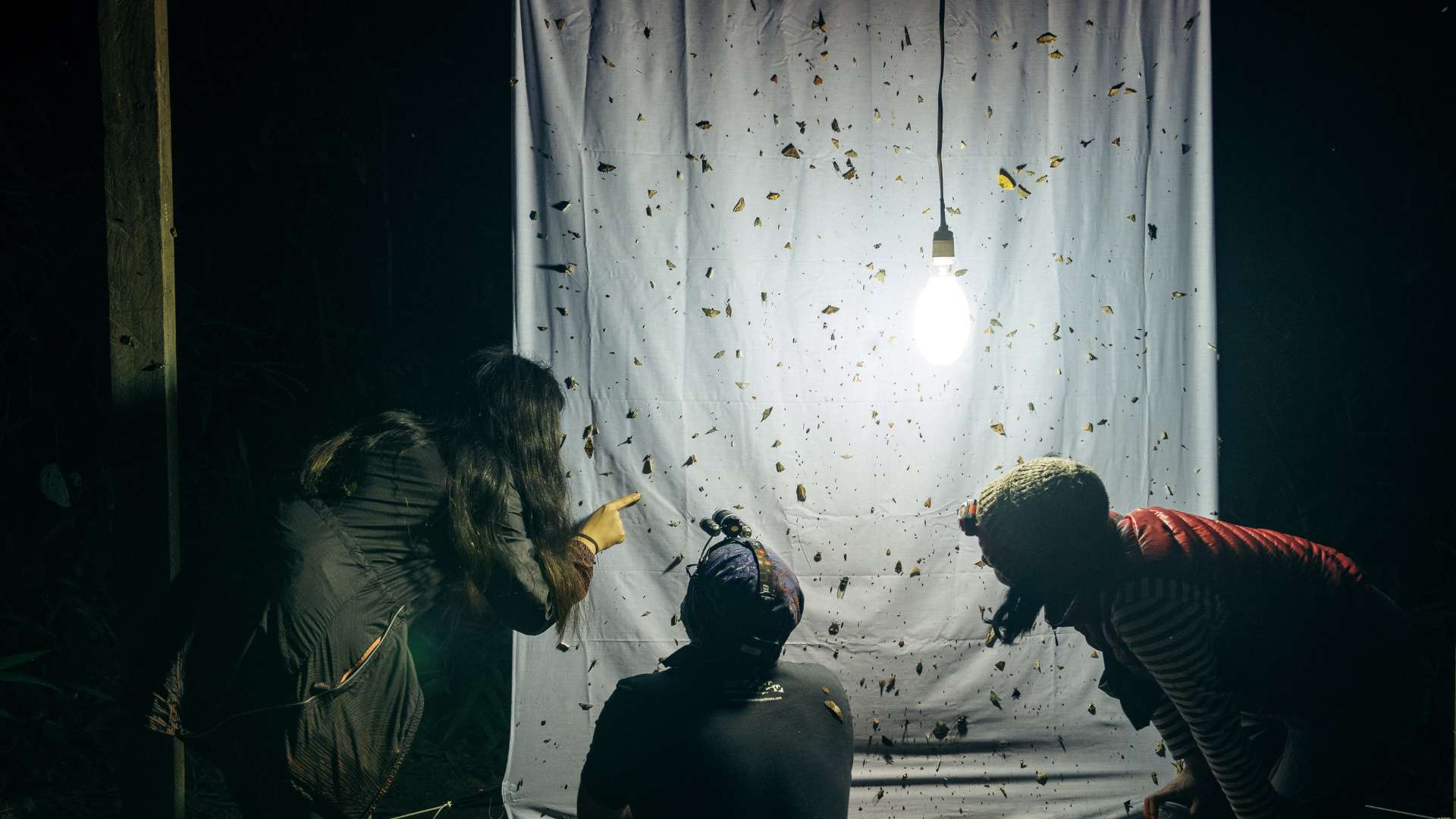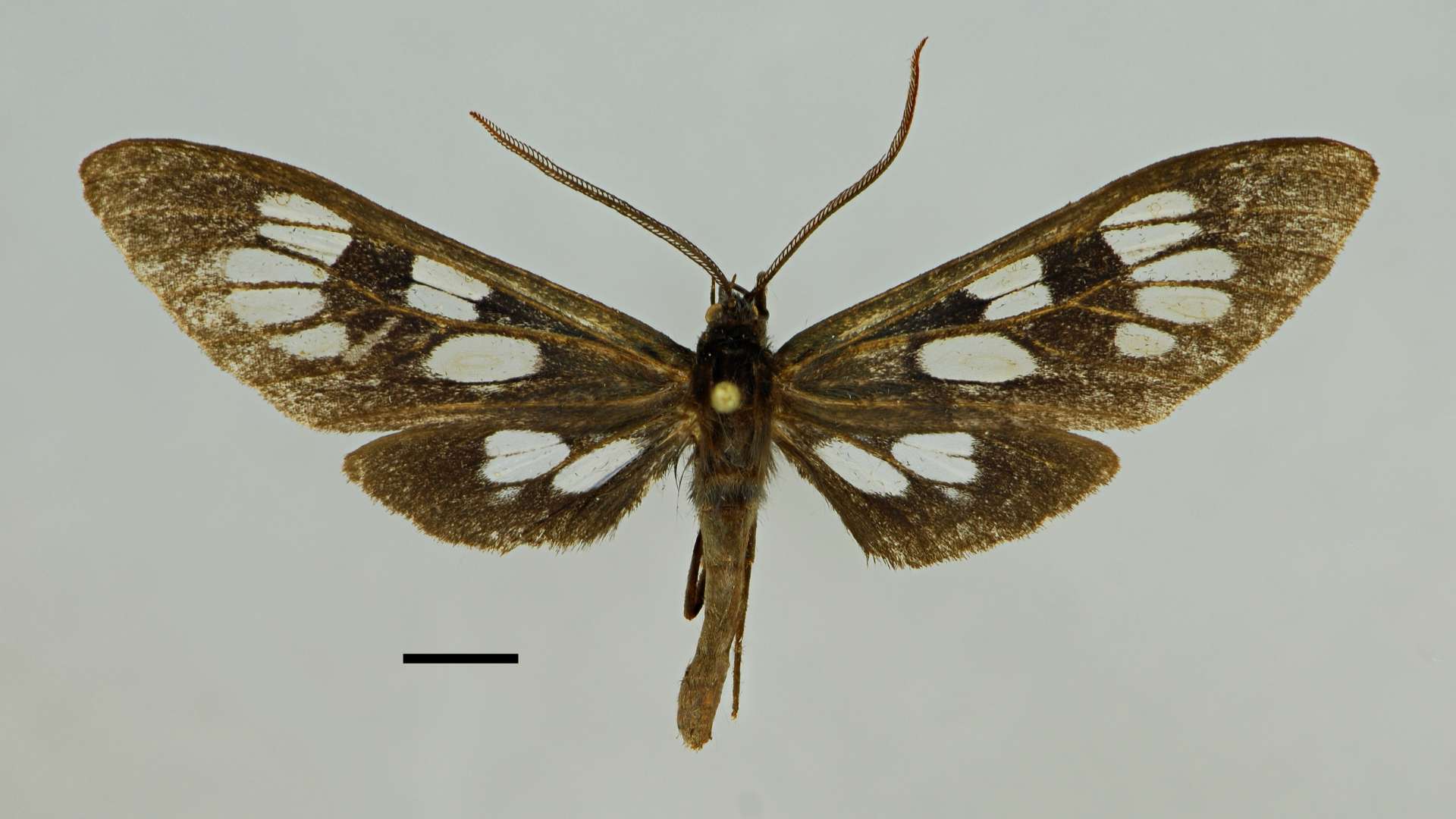We now offer a fun and interactive activity in the heart of the Amazon rainforest. Our citizen science projects developed thanks to Wired Amazon are available at Refugio Amazonas Lodge, located in Tambopata, Peru. Let's make science happen with all our guests.
Refugio Amazonas Lodge has the second floor in the main area with a perfect view of the jungle. The beautiful lodge also features nightly presentations on the fascinating creatures of the jungle, and two tranquil massage rooms. Leaving room for citizen science research.
But before I go into more detail about the Open Lab, let me tell you more generally about the amazing science project we have initiated at Refugio Amazonas. The Lab is just one part of this incredible initiative. At the lodge, we have started a Citizen Science program called Wired Amazon. This unique program has three main components that make science happen with exciting and accessible tools.
The first part of our Citizen Science Program is the Tambopata AmazonCam. We use camera traps placed in the vicinity of Refugio Amazonas, in order to observe wildlife behaviors near the Tambopata buffer zone.

Amazoncam Tambopata Jaguar in camera trap by Rainforest Expeditions
We also started an Aerobotany project, complete with drones, as part of the Citizen Science Program! Visitors can help with the project and even learn about science with drones in the process. We are located in the buffer zone of the Tambopata National Reserve, with over 162 natural Brazil nut trees growing on the ground. So we are using these drones to see what is going on in the canopy of the majestic Brazil nut trees, known in Spanish as Castañas.

Brazilian Nut Tree by Walter Wust
Finally, we have our innovative Discovering New Species project, carried out with the help of lodge guests. We are trying to discover new species of insects, and that's where our new Open Lab comes in!
Already 1,013,000 insect species have been discovered worldwide. While this number may seem gigantic, some scientists believe that there are actually between six and eight million insect species worldwide, which means that most types have not yet been discovered. Today, we do not have enough specialists in the different types of insects to investigate them all. In addition, there are many inaccessible places with a multitude of new species waiting to be discovered. This means that there is a huge gap in scientific knowledge, and many possibilities to discover new species!

Discovering new species light trap
Here at Refugio Amazonas, we focus on four groups: scorpion wasps, grasshoppers, leafhoppers and tiger moths. We use several different techniques to collect our samples. For tiger moths, we make a very simple light trap: a white sheet with a bright light in front of it, as the light easily attracts the moths.

Discovering new species in the peruvian amazon in tambopata
For the other three groups, we use Malaise traps and yellow buckets. The insect traps are similar to tents in that they attract insects to a jar with alcohol inside. Yellow buckets, on the other hand, are containers filled with soap and water. The yellow color attracts the attention of the insects, which are drawn to the water. With these two strategies, we collect a huge community of insects, especially the coveted scorpion wasps, treehoppers and leafhoppers.
This is a perfect opportunity to involve everyone in the scientific process. Our lodge guests help us sort the insects and classify the information and, at the same time, receive a particular kind of insect! We also provide pre-samples to show the anatomy and uniqueness of the different insect groups.

Apu mooreorum discovered by a guest of Refugio Amazonas Lodge
Finally, there is the open lab. With our high-tech equipment, we can see the exquisite patterns on the wings of scorpion wasps, the filaments on the legs of grasshoppers, even the scales on the wings of tiger moths, all in incredible edible detail. There we sort all of our samples and invite everyone to help and learn. We encourage anyone who is interested to join us for a fun private class and make science happen.